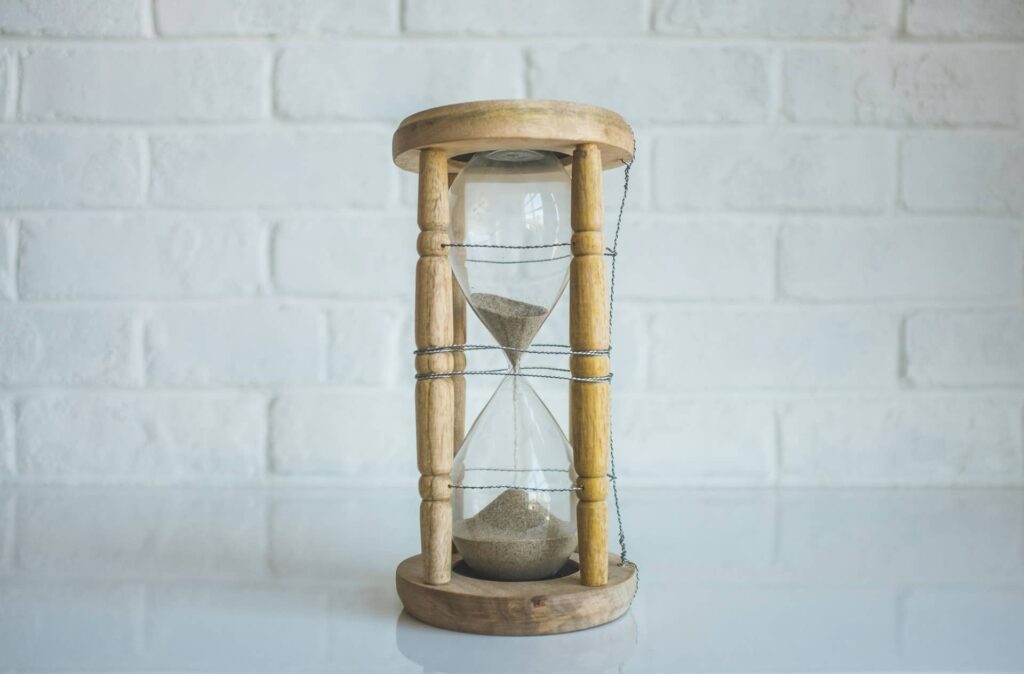
Male Midlife Crisis: Signs, Causes, and How to Overcome It
Some days, life simply finds you. One minute you’re busy enjoying life, and the next night you’re looking at the center of the ceiling, wondering: What have I really done with my life? All of the things that made you proud—your work, your achievements, your sense of identity—are now under question. It’s not just a sudden urge to buy a motorcycle or take up some wild hobby; it’s a slow-burning fire of self-reflection and self-doubt that can feel like an emotional whirlwind. So, what is midlife crisis all about? Let’s dig into it and show how you can come out on the other side feeling more in control and less like you’re just going through the motions. What is a Male Midlife Crisis? Men’s midlife transition is not a joke, first of all. Men go through a very real psychological phenomenon, usually around their 40s and 50s. That disturbing knowledge that life may be half over and the accompanying quick, creeping sense of unhappiness. You ask suddenly: Was my youth wasted? Was my hunt after the wrong dreams? This is a turning moment in your life when you either start searching for fresh approaches to redefine it or hang on to your present road. For some, this looks like impulsive behavior: sudden job changes, switching careers, drastic changes in appearance, or even leaving relationships. But for most, a male midlife crisis is an inner confusion, a kind of quiet storm where they battle against feelings of regret, loss of purpose, and the burdening sensation that they’re running out of time. Personal story: I once got to know a man in his early 50s called Mark. Years of working the same corporate job had left him somewhat lost. One day he discovered some old painting supplies from his childhood while sorting his attic. It set off his memories and he considered, “Why not try it?” Painting once more improved things for him greatly. Making art brought him happiness, but it also enabled him to reestablish relations to friends and relatives. Mark’s story demonstrates how you may rediscover what makes you feel alive despite a male midlife crisis. What Causes Male Midlife Crisis? Next graph illustrates searches trend for “Male midlife crisis” in last 5 years. We can see an upward trend every now and then. Now, why does this happen? It’s not just that men are getting older. Midlife crisis in men stems from deeper emotional and psychological factors. When you hit a certain age, several things come crashing down at once: These factors converge into a perfect storm, leaving you feeling as though the life you’ve built isn’t the meaningful life you truly want. Or worse, you’re left feeling like you didn’t live up to your own potential. Check out this great video by psychotherapist Marios Georgiou explaining in details what midlife crisis is. Symptoms of Male Midlife Crisis: How to Tell Though every emotional shakedown appears different, there are several typical indicators that could alert you of a middle aged man crisis: Dr. Daniel Levinson, a prominent psychologist known for his work on adult development, highlights these changes: “During a midlife crisis, individuals often grapple with feelings of dissatisfaction and loss. They might impulsively alter their life circumstances in an attempt to reclaim a sense of youth or vitality. This period can be marked by significant stress and uncertainty, affecting various aspects of their life.” Understanding these factors will help you to determine if someone is in a normal period of life or if they may need additional help. Note: Approaching this stage with empathy is essential as, while it may be difficult, if the correct actions are followed, it can also be a period of development. Male Midlife Crisis vs. Depression: Differences A midlife crisis in men and depression must be distinguished even if there is some overlap. Even though both include sadness or unhappiness, a man’s midlife psychological struggle (crisis) is generally marked by greater spiritual thought or a desire to change. On the other hand, depression is a common mental disease marked by chronic sadness, tiredness, and hopelessness. Here’s how they compare: Depression Midlife Crisis Persistent sadness or low mood Restlessness and dissatisfaction Loss of interest in activities once enjoyed Sudden desire to make life changes Fatigue and lack of energy Impulse to switch careers or lifestyle Feelings of worthlessness or guilt Questioning past decisions or life choices Difficulty concentrating Obsessing over lost opportunities Changes in sleep patterns (insomnia or excessive sleep) Increased focus on appearance or physical fitness Thoughts of death or suicide Fear of aging and regrets about time passing Weight gain or loss Desire to recapture youth or past passions Lack of motivation or apathy Reevaluating long-term relationships Sense of hopelessness about the future Searching for meaning in midlife Note: There might be some other symptoms that show up too. It’s important to notice changes in behavior and emotions since everyone goes through these phases in their own way. As you can see, depression and a midlife crisis can be related, but they’re not the same thing. If depression lasts for a long time, most people need medical help. A midlife crisis, on the contrary, is generally just a short time to think about things and make changes. It is important to get professional help if you or someone you know is dealing with long-term sadness, lack of motivation, or suicide thoughts. Are Midlife Crises Long-lasting? One of the burning questions many men have during a midlife crisis is, How long is this going to last? Unfortunately, there is no one-sized solution. One man to the next, the length might range greatly. Some people only experience a transient period, a few months of off-kilter sensation. For some, it might last many years, similar to an emotional rollercoaster. It depends on personal circumstances including: Others may go through a midlife crisis for five years or more, while others go through it and get back on their feet in about a year. Recall that this
